Hearthstone's Whispers of the Old Gods rewrites the game with a single card
Ten out of tentacles.
Hearthstone is no stranger to change. Between its official launch two years ago and the latest milestone of 50m players, it has been regularly refreshed by drops of new cards. But this week's arrivals of the game's Standard play mode, where only the past two years of cards can be used, and the Whispers of the Old Gods expansion, have uprooted the game in two completely new ways. They have seen Blizzard remove cards from typical play for the first time, but also give a new, all-powerful card away to each and every player. Visit the game's firelit tavern now and you'll find the experience vastly changed from just days ago.
The introduction of a Standard mode with only the last two years of cards is a bold move. As its latest player count shows, the collectible card battler is in no immediate danger of flagging. But it has been clear for a while the developer is focused, like a fatigue Warrior player, on protecting itself for the long game. The introduction of an annually-rotating Standard mode means a steady churn of cards into and out of play. It protects against power creep and helps maintain interest. Crucially, it also affords Blizzard the degree of control it needs in order to take bigger risks.
Every expansion has radically changed Hearthstone's metagame - the decks and strategies currently in favour among players. Blizzard uses the arrival of fresh cards to make Hearthstone more interesting, of course, but also to ensure it is better balanced. Expansions address strategies which have become too prevalent, too easy, or new ideas which could do with a helping hand to become competitive. Each addition of new cards also has an overarching theme or mechanic to work around, from Goblins vs Gnomes' influx of mechs to the Deathrattle mechanics of Naxxramas. With Old Gods, it feels like Blizzard has unleashed something similar to all the above but still a different animal entirely.
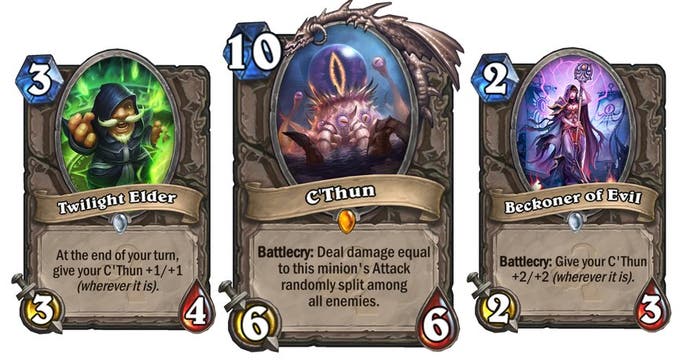
His name is C'Thun, and he is granted to every player. This card will pop up when you open your first Whispers of the Old Gods card pack. On the face of it - not that he has a face - C'Thun is a decent minion. To get technical, he's a 10-cost 6/6 legendary with a Battlecry which deals out the card's attack damage randomly among enemies when summoned, like an underpowered Giant with two Arcane Missiles built in.
C'Thun would rank as fairly average for a legendary - Hearthstone's rarest card type - if it wasn't for the multitude of Old Gods cards to collect which interact with and buff C'Thun into a potential game winner. There are C'Thun cards exclusive to many of Hearthstone's classes, plus around a dozen playable by every class, in shapes and sizes to fit all kinds of decks. Most often, playing these cards will increase C'Thun's stats by a set amount such as +2/+2. Others will grant powerful extra abilities if your C'Thun has already been buffed up to a 10/10 - a fairly straightforward goal. So, when C'Thun does appear, not only does he become an imposing presence on the board but his inflated stats buff that Battlecry, which spits out orbs of green damage in quick succession. It is enough to immediately level a field of low cost minions, or if none are present provide a lethal blast directly to the enemy hero's face.
Blizzard has said it hopes C'Thun's introduction will lengthen the average game, as players opt for steadier-paced decks which slowly crescendo to a big turn-10 C'Thun play. It's a good example of how Blizzard uses its expansions to suggest solutions in inventive ways. As any Hearthstone player will tell you, the fast-paced "rush" kind of deck has previously found huge success - it throws everything directly at opponents to off them before they can get into gear. It provides a quick and fairly easy win, and if you do come unstuck, well, another game will be along soon.

The introduction of C'Thun does not prescribe longer games, nor does the fact he is given to every player mean everyone will now use it. The basic Hearthstone rules have not changed - they don't need to. Blizzard has simply included something which tempts players into opting for longer games by making them more interesting. C'Thun is not a guaranteed strategy, and for all of the above talk about his strengths I have still lost half of the games I have played him - and that's when I've got him on the board. Like anything else in Hearthstone, C'Thun decks are gambles. You can spend a match preparing for your C'Thun's appearance only for him to be removed the moment he lands on the board. You can literally wait all game for him to appear - I played a match last night where, typically, he was the final card in my pile. By that point it was far too late to pull back a win. It's also worth noting that, to make the most of the card in general, the make-up of your deck will have to reflect your strategy. C'Thun even appears on-screen each time a card interacts with him in any way, showing off his updated health and attack. He's a ticking time bomb for your opponent, an omnipresent sword of Damocles, a big purple flashing warning light. If you go down the C'Thun route there is no hiding your plans.
I was trying to describe the impact of C'Thun earlier and Donlan mentioned the Golden Snitch - the game-ending ball in Quidditch which gives the team who catches it a heap of points and signals the end of the match. It's not exactly the same - play continues on after a C'Thun appears - but the card's impact is just as pivotal. Timing your play is just as important. You may be able to play your C'Thun at turn 10 but without the cards to make him lethal the opportunity would be wasted. Alternatively, the enemy player might already have something in play which you need to spend at least some mana to deal with first - C'Thun requires 10 mana, the cost of your full turn. As Viktor Krum knew when he caught the Snitch during the Quidditch World Cup, its huge impact does not secure victory. C'Thun is a gamble, but then so is everything else in Hearthstone - now more than ever. And that's what makes it great.
To stay on top of all the latest Hearthstone developments, take a look through our dedicated Hearthstone site MetaBomb.




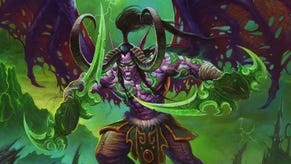
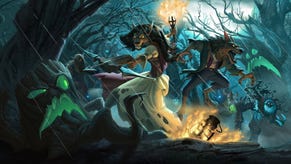
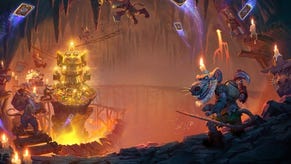
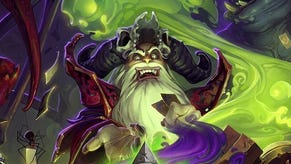

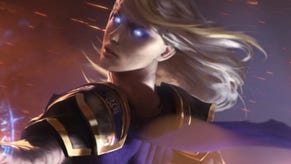
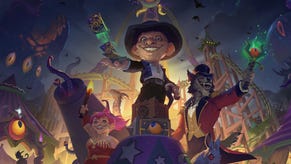






.png?width=291&height=164&fit=crop&quality=80&format=jpg&auto=webp)
